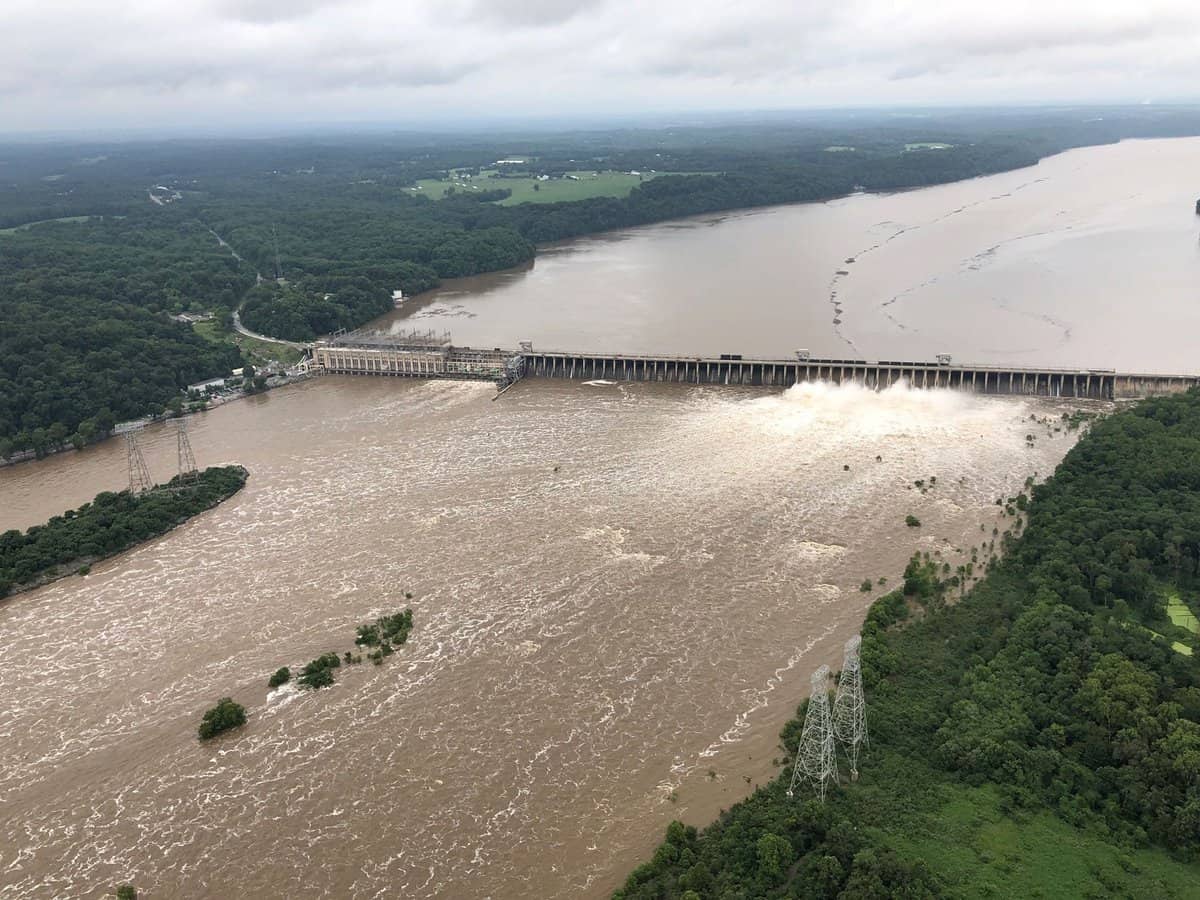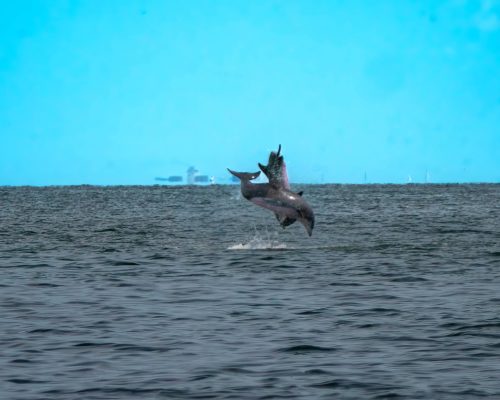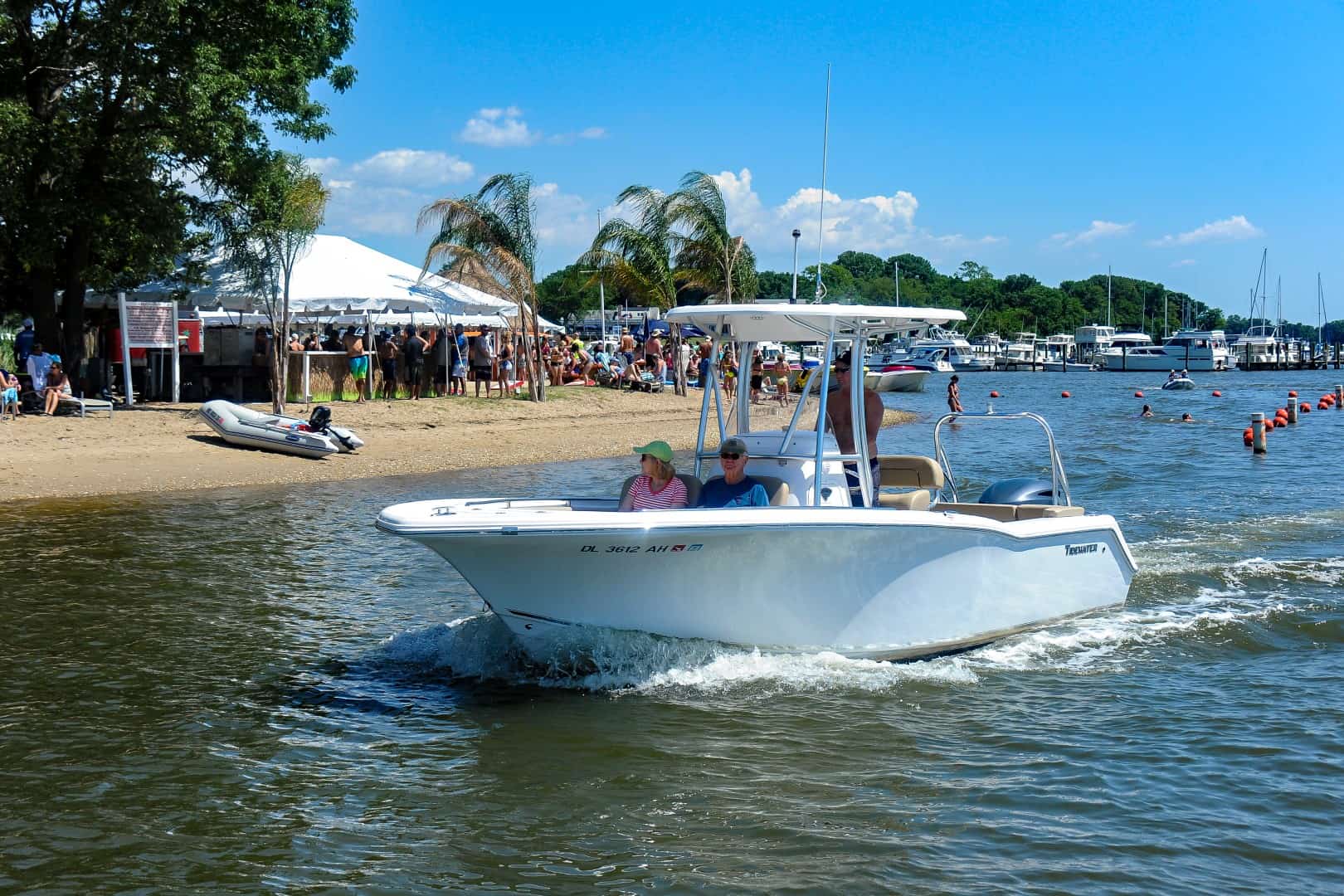There’s hope for an increase in operations at the Port of Baltimore as the Captain of the Port gets ready to open a 35-foot-deep channel this week.
The Coast Guard has been opening temporary alternate channels for limited commercial traffic, each one a bit larger than the last. On Thursday, April 25, the Captain of the Port will open the Fort McHenry Limited Access Channel, available to “commercially essential vessels” through Monday or Tuesday.
This channel will have a depth of 35 feet, a significant improvement from the 11-, 14-, and 20-foot-deep channels the Unified Command has been able to clear thus far. The Fort McHenry channel will also have a 300-foot horizontal clearance and vertical clearance of 214 feet due to power lines. Because the new channel is so close to the M/V Dali, there will be a 5-knot speed limit and transit will only be allowed when the wind speed is under 15 knots.
The channels are being broadened little by little to bring the Port of Baltimore to resume more of its operations.
“This additional channel increases the types of vessels able to transit inbound and outbound the port of Baltimore,” said U.S. Coast Guard Capt. David O’Connell, Captain of the Port and Federal On-Scene Coordinator. “We estimate facilitating approximately 15 percent of pre-collapse commercial activity.”
The U.S. Army Corps of Engineers (USACE) Baltimore District released this visual breakdown of the phase approach it’s taking to reopen the port. The federal channel, highlighted in blue, is planned to reopen by the end of May. The 35-foot Limited Access Channel is the one set to open on Thursday:
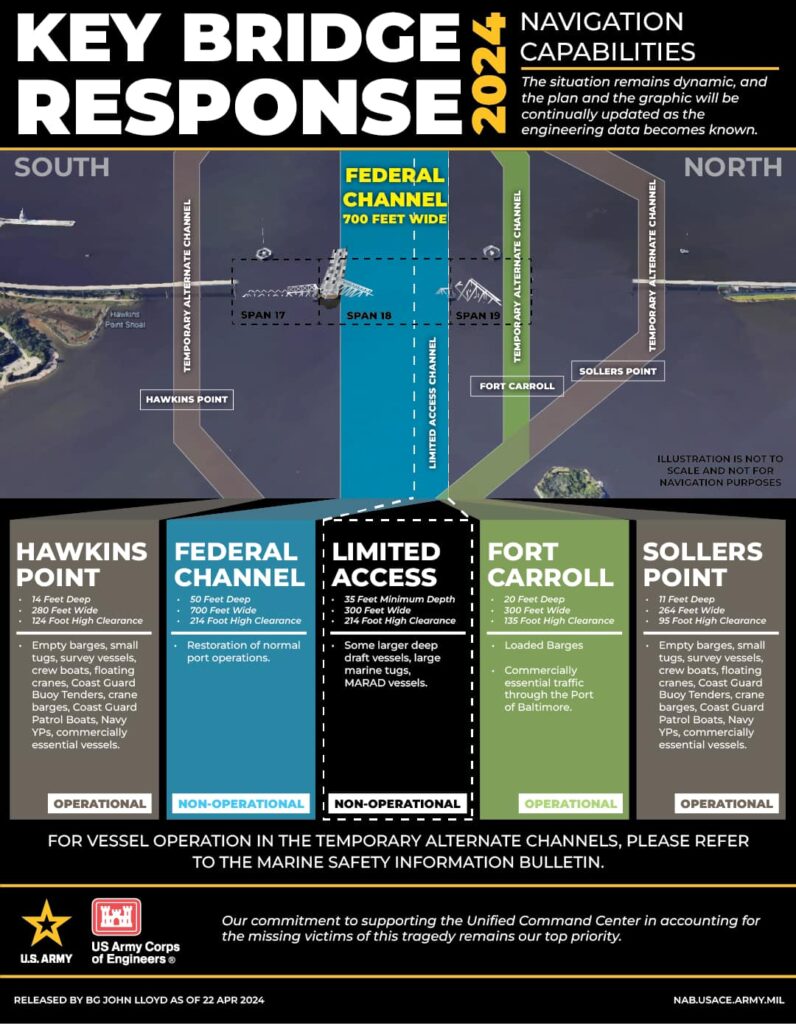
The current 2,000-yard safety zone around the Francis Scott Key Bridge remains in effect to protect the crews working there and the marine environment.
Large pieces of the bridge wreckage are being pulled from the water using cranes, and the Army Corps of Engineers announced an impressive piece of equipment has just arrived by barge from Galveston, Texas—a weeklong journey. It’s a massive 200-ton hydraulic salvage grab that can lift 1,000 metric tons. It will be used to recover a significant portion of the Key Bridge’s 50,000 tons of wreckage.
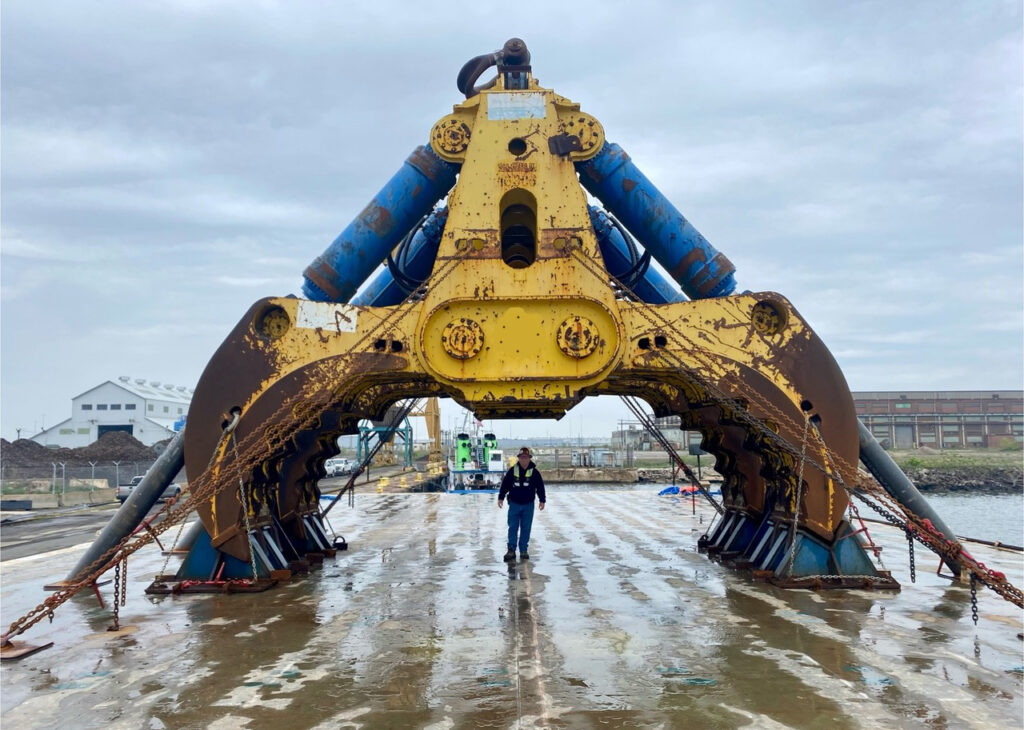
“Everyday, members of the Key Bridge Response Unified Command are working tirelessly to complete the steps necessary to support full access to the Fort McHenry channel,” said O’Connell. “The opening of this third channel represents continuous progress toward this overarching objective.”


